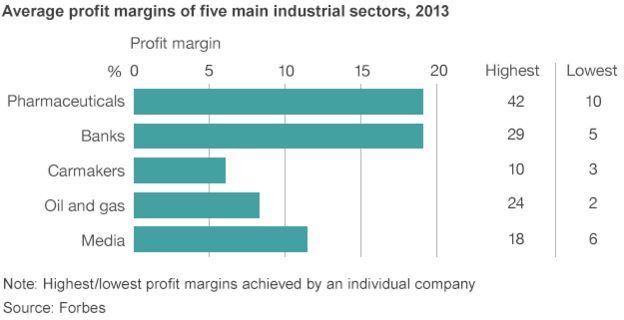The Purdue Case Is One in a Wave of Opioid Lawsuits. What Should Their Outcome Be ? | The New Yorker
▻https://www.newyorker.com/news/daily-comment/the-purdue-case-is-one-in-a-wave-of-opioid-lawsuits-what-should-their-out
Two years ago, when I was reporting on the opioid epidemic in one West Virginia county, the exorbitant cost of it—both socially and financially—perpetually astonished me. Narcan, the overdose-reversal drug, yanks people back from the edge of death to live another day and maybe, in time, conquer their addiction. Watching paramedics administer it was like witnessing a miracle over and over again. But Narcan is expensive—it cost Berkeley County, where I was reporting, fifty dollars a dose at the time, and consumed two-thirds of its annual budget for all emergency medications. Since then, the price of naloxone, its generic name, has risen to nearly a hundred and fifty dollars per dose, not because the formula has improved or become costlier to make—the drug has been around since 1961, and off patent since 1985—but because pharmaceutical manufacturers know a profitable market when they see one. According to the National Institute on Drug Abuse, an average of a hundred and thirty people fatally overdose on prescription or illicit opioids every day in the United States. The Centers for Disease Control and Prevention report that four hundred thousand Americans, a war’s worth of dead, died between 1999 and 2017.
In Berkeley County, though, as in so many places across the country, Narcan accounted for just one column on a staggering spreadsheet. Hospitals have had to care for babies born in withdrawal. Foster-care systems have been strained by an influx of children whose families had been turned upside down by addiction. In many communities, the rates of H.I.V. and hepatitis C have climbed, because, once OxyContin pills were reformulated to make them harder to abuse, in 2010, and changes in prescribing practices made them more difficult to obtain, people addicted to them began injecting heroin and fentanyl instead.
Under the Master Settlement Agreement, the tobacco companies also committed to pay the states two hundred billion dollars over twenty-five years, and to keep paying them sums tied to cigarette sales in each state in perpetuity. But nothing in the M.S.A. specified how that money was to be spent, and, though one might expect that the bulk of it would be dedicated to the goals of the lawsuits—reducing smoking and promoting public health—that has not generally been the case. In many states, much of the money has gone not to anti-smoking efforts, or even to general spending on health, but instead to closing budget shortfalls, lowering taxes, and funding infrastructure. States treated the agreement like what it felt like: a no-strings-attached gift.
Je ne suis pas vraiment convainc par la conclusion :
The Oklahoma settlement with Purdue is a reasonable stab at insuring that the money won in opioid lawsuits doesn’t follow a similar route. Yet some public-health advocates I spoke with said that, in the future, they hope more settlement money will go directly to the treatment of addiction. There’s good evidence, for example, that medication-assisted treatment using buprenorphine, naltrexone, or methadone works well for many people trying to get off opioids, but most states don’t have enough of it.
Diriger les amendes vers la lutte contre les opioides es tune bonne chose, parce qu’elle évite le pire (que l’amende serve à « baisser les impôts »)... mais cela ne peut pas être un projet dans le cadre des procès. Une fois la responsabilité établie, il faut démanteler ces entreprises et ramener les familles qui les possèdent à un niveau de vie normal, car les Sackler ont largement organisé la promotion d’OxyContin. Or les accords à l’amiable doivent être acceptés par les deux parties, et les construire comme une fin en soi, c’est déjà baisser les bras devant la puissance financière (et donc la qualité/quantité des avocats...). Surtout quand une partie de l’amende sera comme en Oklahoma payée « en nature » par des médicaments produits par Purdue Pharma !!!









































